equipment reviews
sigma 35 mm f1.4 dg hsm
In April I added this wonderful new creation by Sigma — Sigma 35 mm F1.4 DG HSM — to my arsenal of lenses. Since its release in November last year, it is being celebrated by so many photographers. Many have already tried it out and published extremely positive reviews. Now, I have this lens in my hands and can form my own opinion as of a nature photographer. The text of this review is a summary of posts to my blog that I made in the last couple of months.
As always, my tests are only of practical kind and from a view point of nature photography. I claim neither scientific correctness nor objectiveness that can be applied to other areas of photography. For more profound technical tests and comparison with other lenses see specialised sites like "The Digital Picture" or "Digital Photography Review".
unpacking
As with other Sigma lenses, the 35 mm F1.4 DG HSM comes with a hood, both caps, and with a very well made case. Although I prefer to use Lowepro and Thinktank pouches with my lenses or to put them blank in a padded photo bag, the tradition of Sigma to supply such a quality pouch with every lens is really nice.
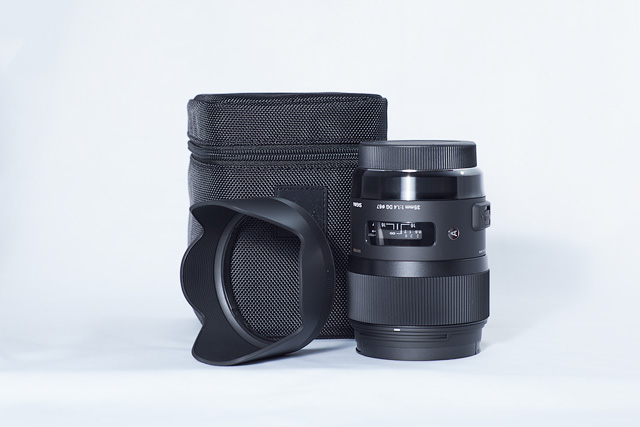
What's in the box: Sigma 35 mm F1.4 DG HSM lens, hood, pouch, rear and front caps
Sigma 35 mm F1.4 DG HSM is a rather compact lens. Like all 1.4/35 lenses, it is larger than a 50 mm lens but of similar size or smaller as its Zeiss and Canon counterparts. It is very well built, even compared with already good full-frame lenses that this manufacturer produced in the last years. The lens body feels solid although not as heavy and “bullet-proof” as in Zeiss lenses. Just like all other 1.4/35 lenses it has no weather sealing, and thus should be used with care in dusty and wet environment. The focusing ring moves very smoothly and is rubbered. The rest of the body has black smooth finishing — which is in my opinion better than in Canon and all older Sigma lenses — though not as good as in Zeiss.
Sigma 35 mm F1.4 DG HSM has an exchangeable mount and can be adopted this way for any of supported camera systems — Canon, Nikon, Sony, Sigma. This means that if you some day decide to switch to a different camera brand, you can send your Sigma lens to the nearest service, and they will change the mount. The mount is attached to lens body with a metal ring that looks like a cup (see the picture below). There are no visible screws outside, therefore I think that it is fixated somehow before the mount ring is attached. Potentially this part may cause problems. I learned this after some time in the field — during a 43 days long expedition to Pamir and Alai. At certain moment, I noticed that the mount has a play, i.e. the lens moves a little when it is attached to camera. I thought first that the mount lock in the camera was the cause: I had observed already with some other lenses before that one lens attaches to the camera not so tight as the other. But this time it was different — the lens was moving much more. Finally I discovered that it was not the lens-to-camera attachement that wasn't firm but the attachement of the mount to the lens was loosened so much that I finally had to bind it with an adhesive tape to prevent it from falling off. When I returned home, I sent the lens to Sigma service that fixed it on the same day for free because the lens was still on warranty. I am sure that the reason why the lens was broken wasn't its quality but my too harsh treatment of it regardless its specific construction. Sigma 35 mm F1.4 DG HSM is an “Art” series lens: It is neither weather sealed nor rugged, and nature photography isn't primary use area it is intended for. Certainly, it isn't as sturdy as the Canon and Zeiss counterparts and has to be treated accordingly.
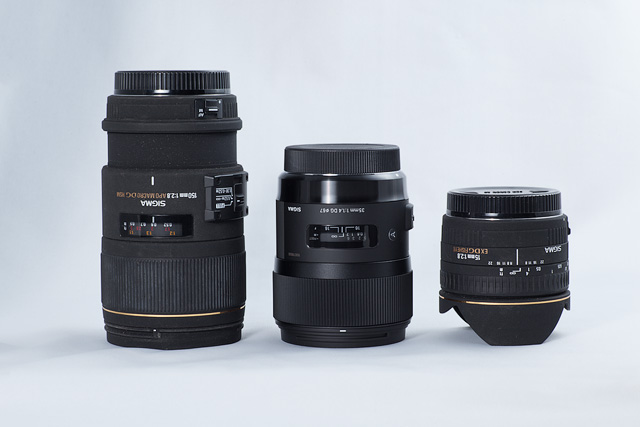
Compare the size of Sigma 35 mm F1.4 DG HSM (in the middle) with Sigma 150 mm f/2.8 DG HSM Macro and Sigma 15 mm f/2.8 DG HSM Diagonal Fisheye. All lenses are shown here without front caps. The fisheye has an unremovable hood which adds almost a third of its height.
In my tests, the lens was used with a Canon 5D Mark II camera mounted on a tripod and set to ISO 400. As the target, I used a Soviet 10 roubles banknote which has a very fine pattern of barely visible curved lines. I attached it on the original box that my Sigma 35 mm F1.4 DG HSM arrived in. Of course, all 100% crops shown below are of an unprocessed RAW image.
autofocus
Currently, most of my lenses are manual focus only. Therefore I can compare this lens only with Canon autofocus lenses that I owned several years ago and with two other Sigma lenses that I currently own (though usually focus manually). I will be able to tell more after I have used Sigma 35 mm F1.4 DG HSM for awhile. My impression during this first shooting was that the autofocus is very accurate and quick — probably on par with Canon lenses such as EF 17-40 L and quicker than in my other Sigma lenses. The motor is silent and sounds more like in a Canon than like in an older Sigma.
resolution
The resolution is what I was most interested in when I decided to purchase this lens. Sigma did with its 35 mm F1.4 DG HSM a kind of miracle raising the resolution to previously unknown level. According not only to the manufacturer but also to many independent reviews it is one of the sharpest wide-angle lenses currently available. Since, I am going to use this lens very often for landscape photography, resolution is for me the most important criterium. It was the first thing that I tested.
As usually in such tests, to evaluate the resolution of Sigma 35 mm F1.4 DG HSM, I looked at the sharpness in the middle, edge and corner of an image that was made with different aperture setting. I had to adjust the shutter speed every time when the aperture was changing. Therefore, some samples may appear darker than the others: It has nothing to do with the lens but is only a result of different exposure settings.
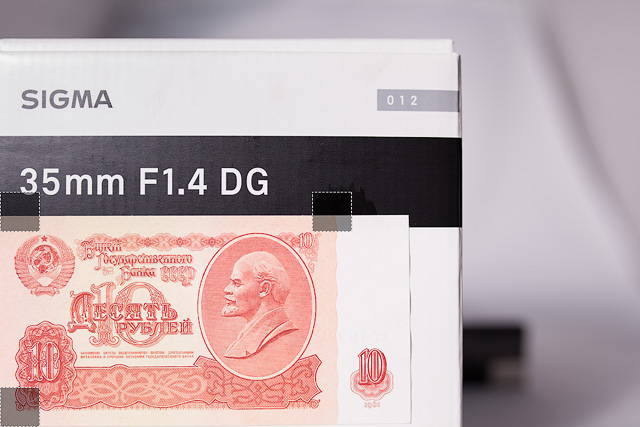
Zones of 100% crops used for sharpness assessment.
middle
The following samples show the image sharpness in the middle of the frame at different apertures.
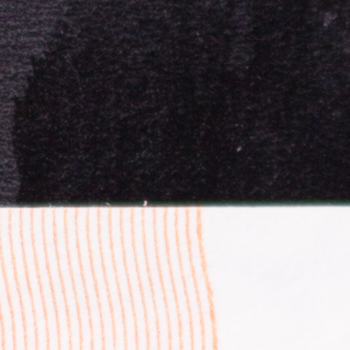
f/1.4
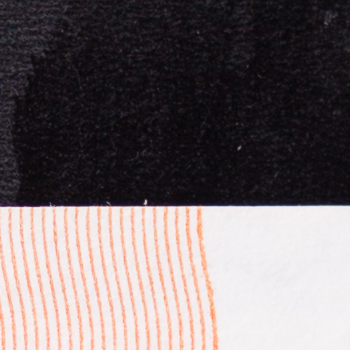
f/2
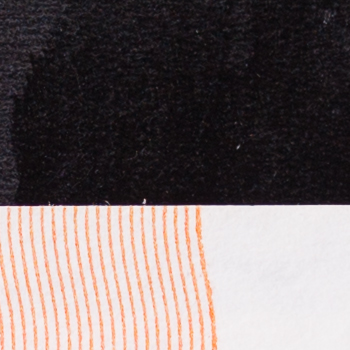 f/2.8
f/2.8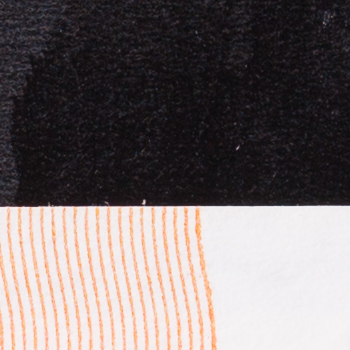 f/5.6
f/5.6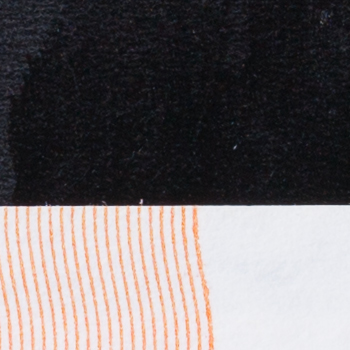
f/8
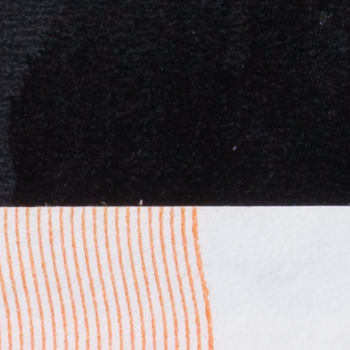
f/11

f/16
edge
Here are the 100% crops from the left edge of the frame at different aperture values.

f/1.4

f/2
 f/2.8
f/2.8 f/5.6
f/5.6
f/8

f/11

f/16
corner
The following samples are 100% crops from the bottom left corner of the frame at different aperture values.
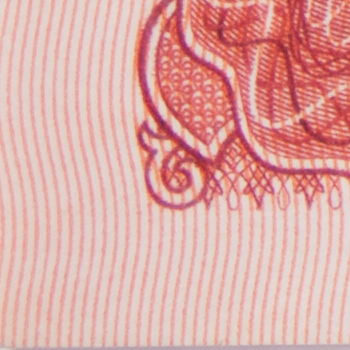
f/1.4
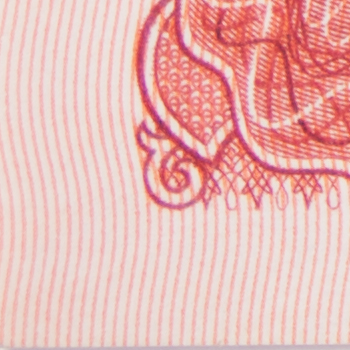
f/2
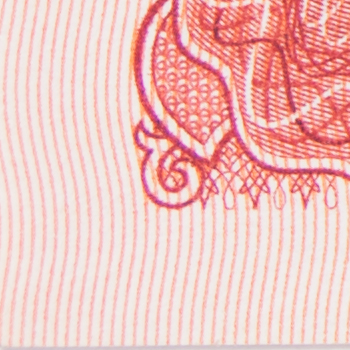
f/2.8
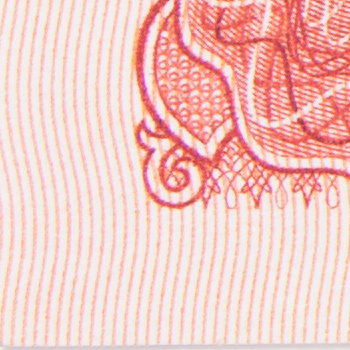
f/5.6
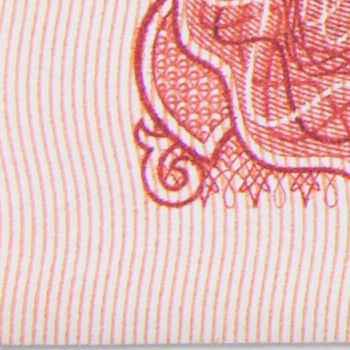
f/8
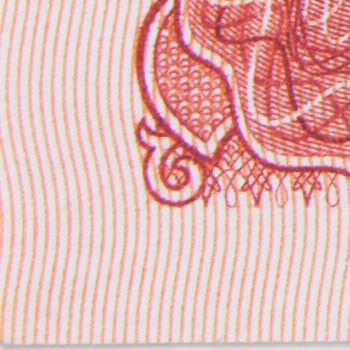
f/11
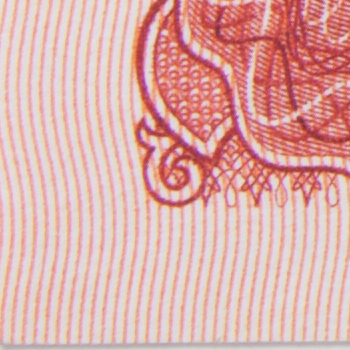
f/16
As you can see in the samples, this lens is very sharp even wide open. The sharpness increases at f/2. At apertures between f/2.8 and f/8, the image is extremely sharp. Even more remarkable is the uniformity of sharpness at all apertures: At extreme edges and in corners it is almost the same as in the frame centre.
chromatic aberrations
All lenses that I have ever seen were showing chromatic aberrations in certain circumstances. No lens is immune against it, and, of course, not Sigma 35 mm F1.4 DG HSM. However, lenses differ in the strength of CA. In shots with good lenses they should be, if at all, then barely visible. According to what was already reported about Sigma 35 mm F1.4 DG HSM, this lens produces very minor chromatic aberrations. Under studio condition my observations confirm it. For final conclusion, I have to see the images shot at bright light.
The CA in photography are most easily distinguishable in high contrast areas of an image and increase from the frame middle to edges. For the samples shown below I have cropped a square between the middle and the left edge of the test image.

f/1.4

f/2

f/2.8

f/5.6

f/8

f/11

f/16
To my eyes, the CA are very well handled in this lens. In the test images they are very little noticeable at all aperture values. I'd expect them to increase at strong light but overall this issue is in Sigma 35 mm F1.4 DG HSM within the usual range for any quality wide-angle lens.
macro capability
Wide-angle lenses aren't macro lenses but I use them often for close-up shots of amphibians and reptiles. Therefore, the capability for close focusing and possibility to achieve a good frame composition with a small subject are important to me.
Although Sigma 35 mm F1.4 DG HSM doesn't offer such an extreme wide angle of view as fisheye lenses and doesn't pull out the foreground, it appears to be useable for small, but not too small, subjects, such as frogs. The minimum focusing distance of Sigma 35 mm F1.4 DG HSM is 30 cm, but the working distance is only around 15 cm which is not very close, on one hand, but on the other, close enough for larger subjects, such as snakes, tortoises, or larger lizards.
Below you see how an image of a small frog shot with this lens could be. The toy frog shown here was about 5 cm long.
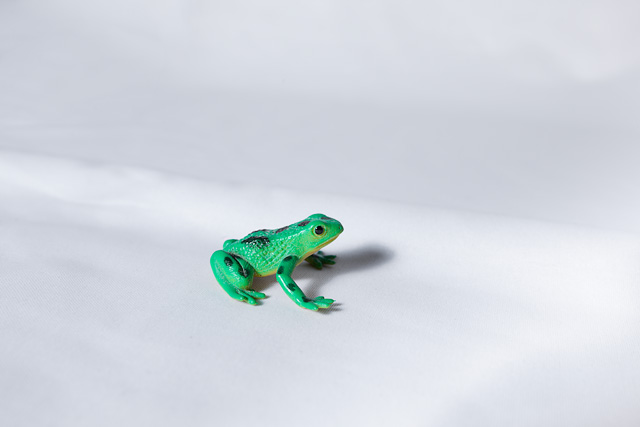
A close-up shot of a 5 cm long frog at a distance of around 15 cm from the lens front (i.e. at minimum focusing distance of 30 cm).